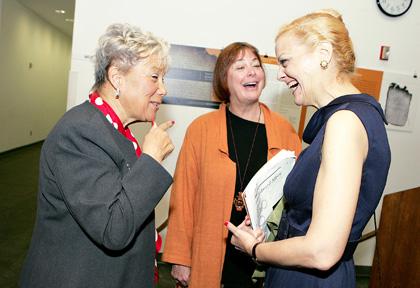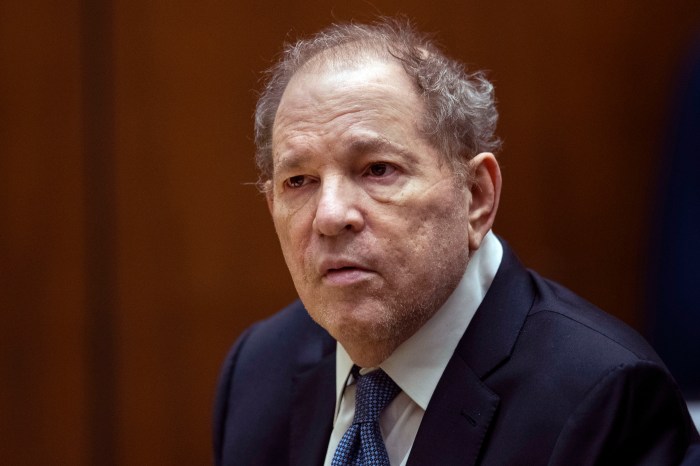By Nathan Duke
The Flushing Library and Queensborough Community College’s Holocaust resource center will be celebrating religious freedom through the rest of the year with a new exhibit on the Flushing Remonstrance.
The Remonstrance document is generally viewed as a pre-cursor to the U.S. Constitution’s First Amendment, which ensures freedom of press, speech and religion.
The library debuted “The Flushing Remonstrance: Who Shall Plead For Us?” Tuesday at its Flushing site at 41-17 Main St. The exhibit, which will run through Dec. 31, was written and curated by Susan Kathryn Hefti, a descendant of two of the Remonstrance’s signers, and completed in conjunction with the Harriet and Kenneth Holocaust Resource Center and Archives at Bayside’s Queensborough Community College.
“This became the first statement of religious freedom in the United States,” said Arthur Flug, director of the Holocaust center. “In history, Peter Stuyvesant is often seen as a grumpy, but likable guy— when he was anything but likable. He had people lashed and put in the stockades. It was a very brutal repression.”
Stuyvesant, who did not tolerate religious freedom, served as the last Dutch director-general of the New Netherland colony in New York from 1647-64. In 1657, he ordered the torture of Robert Hodgson, a 23-year-old Quaker, and decided to punish anyone found guilty of harboring Quakers with fines or imprisonment.
The residents of Flushing, which was part of New Netherland, wrote a letter of protest that became known as the Flushing Remonstrance, which is generally considered to have led to the freedom of religion provision in the U.S. Constitution’s Bill of Rights. Most of the letter’s 30 writers were not Quakers.
The Flushing library’s exhibit will include historical drawings, excerpts from written descriptions of the era, diaries and sketches relating to the Remonstrance. It will travel around the country to museums, libraries and schools following its two-month display in Queens.
The original document is preserved in state archives in Albany.
“This exhibit marks another step forward in making certain that we here in Queens and New York City never forget a chapter in our history that has impacts on us today,” said Borough President Helen Marshall, who provided funding for a pamphlet to accompany the current exhibition.
Reach reporter Nathan Duke by e-mail at nduke@cnglocal.com or by phone at 718-229-0300, Ext. 156.































